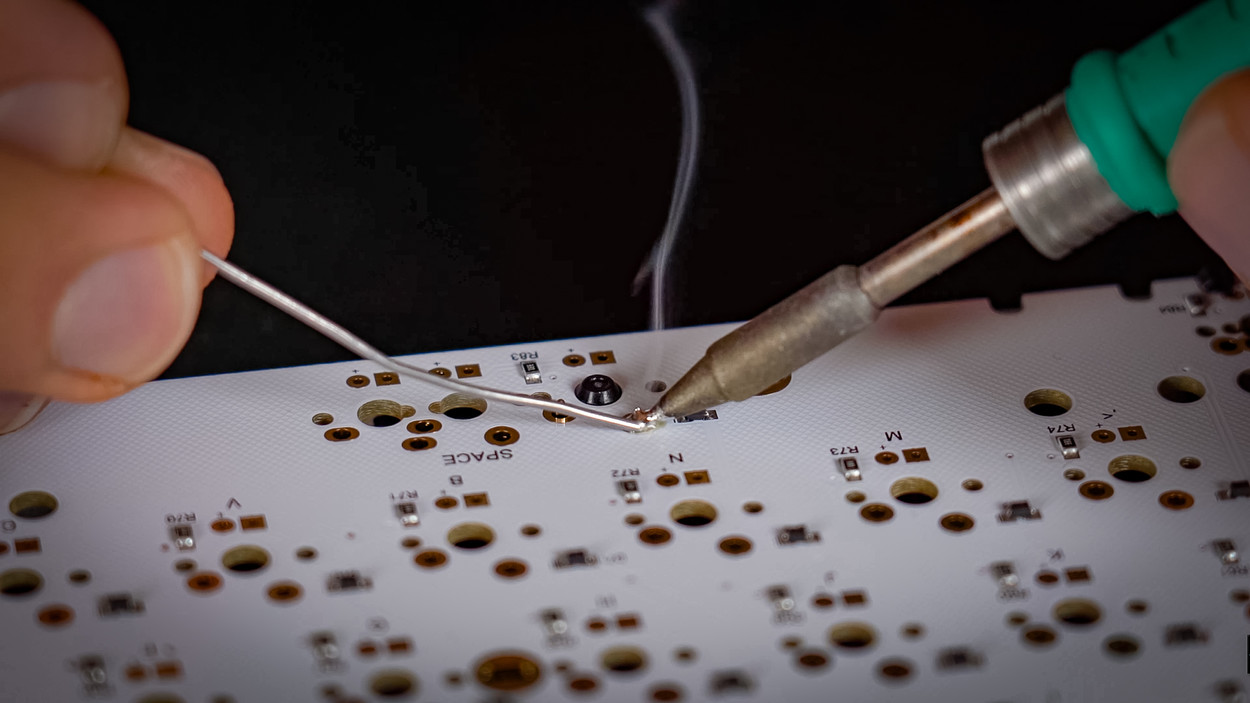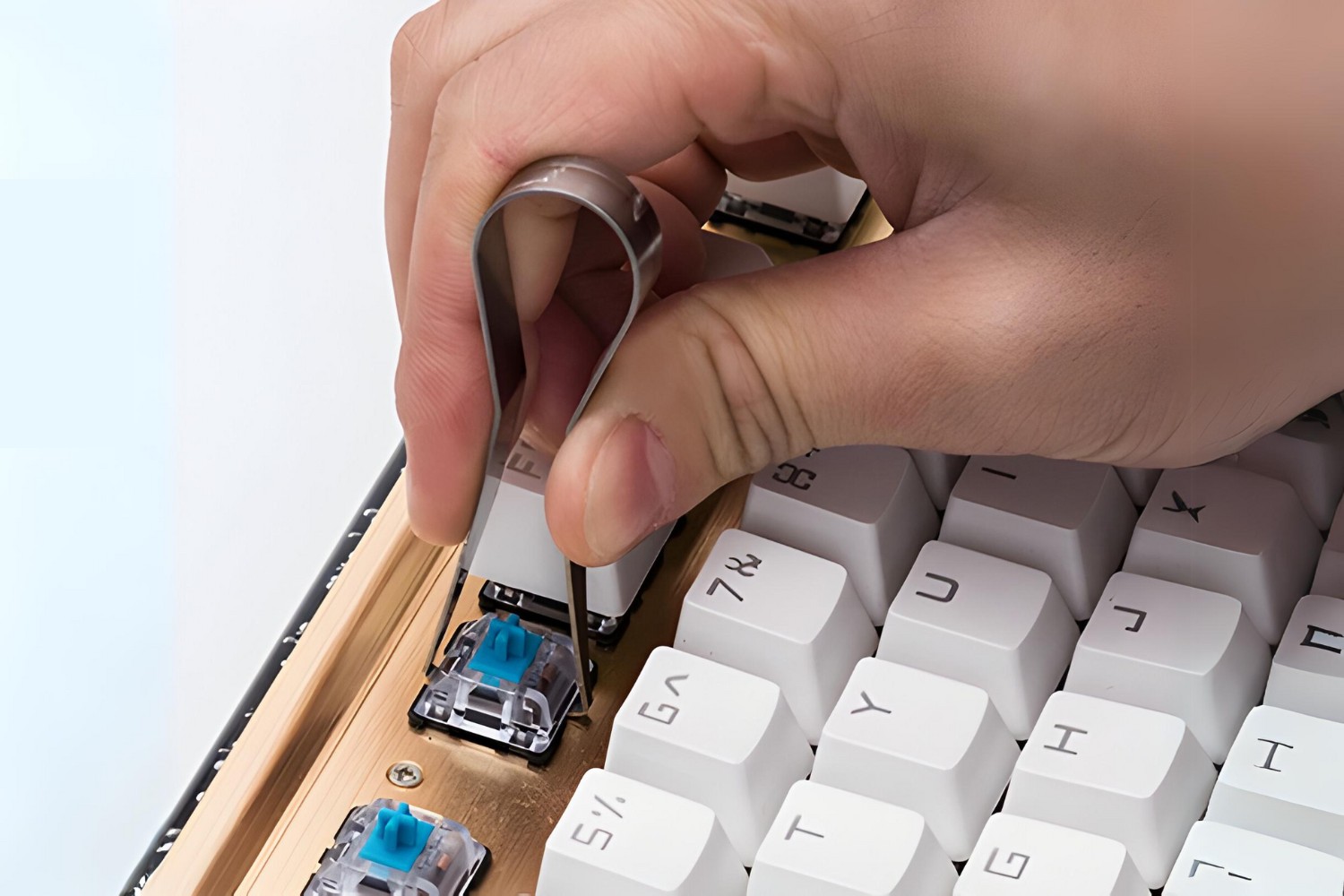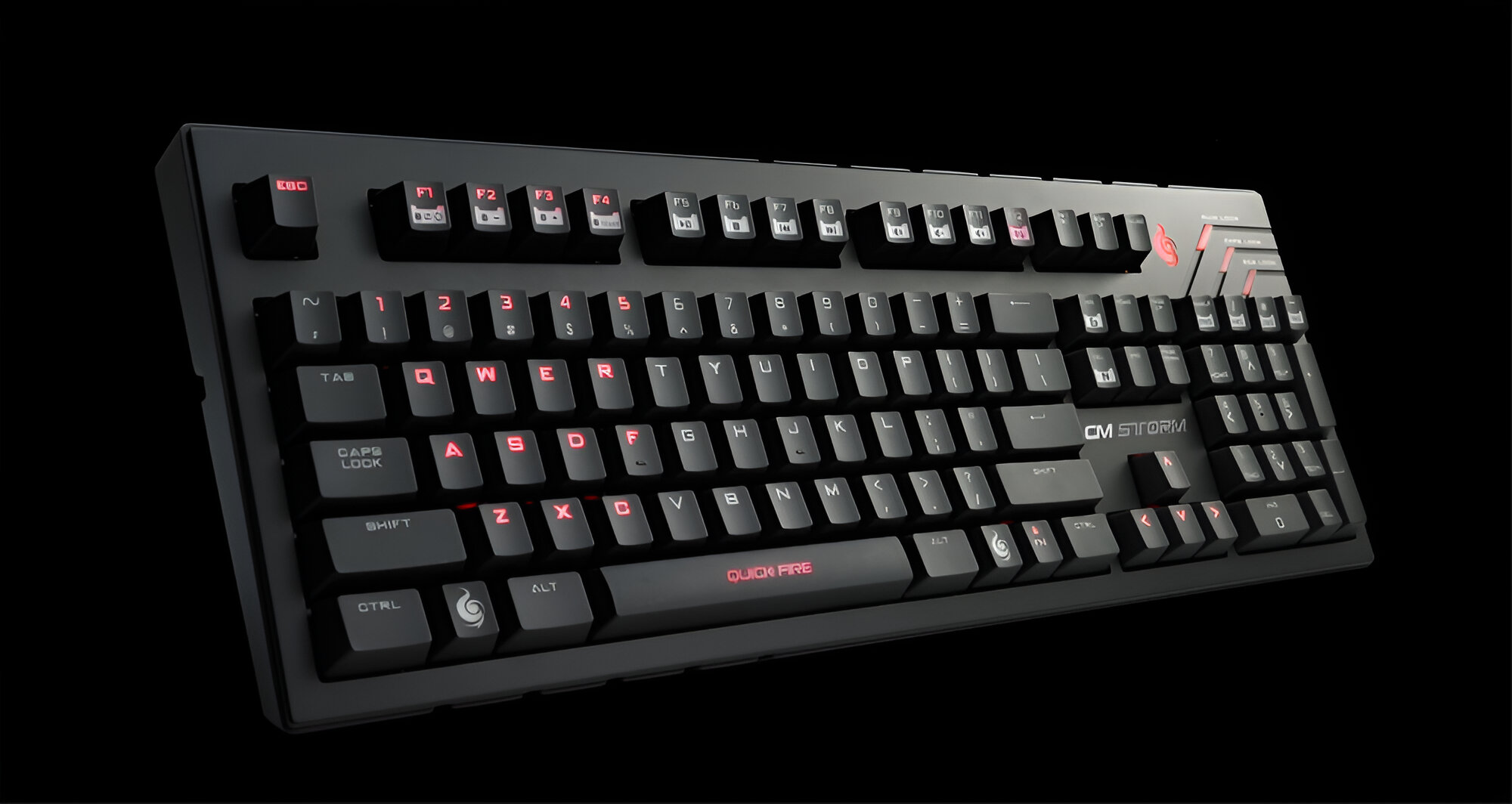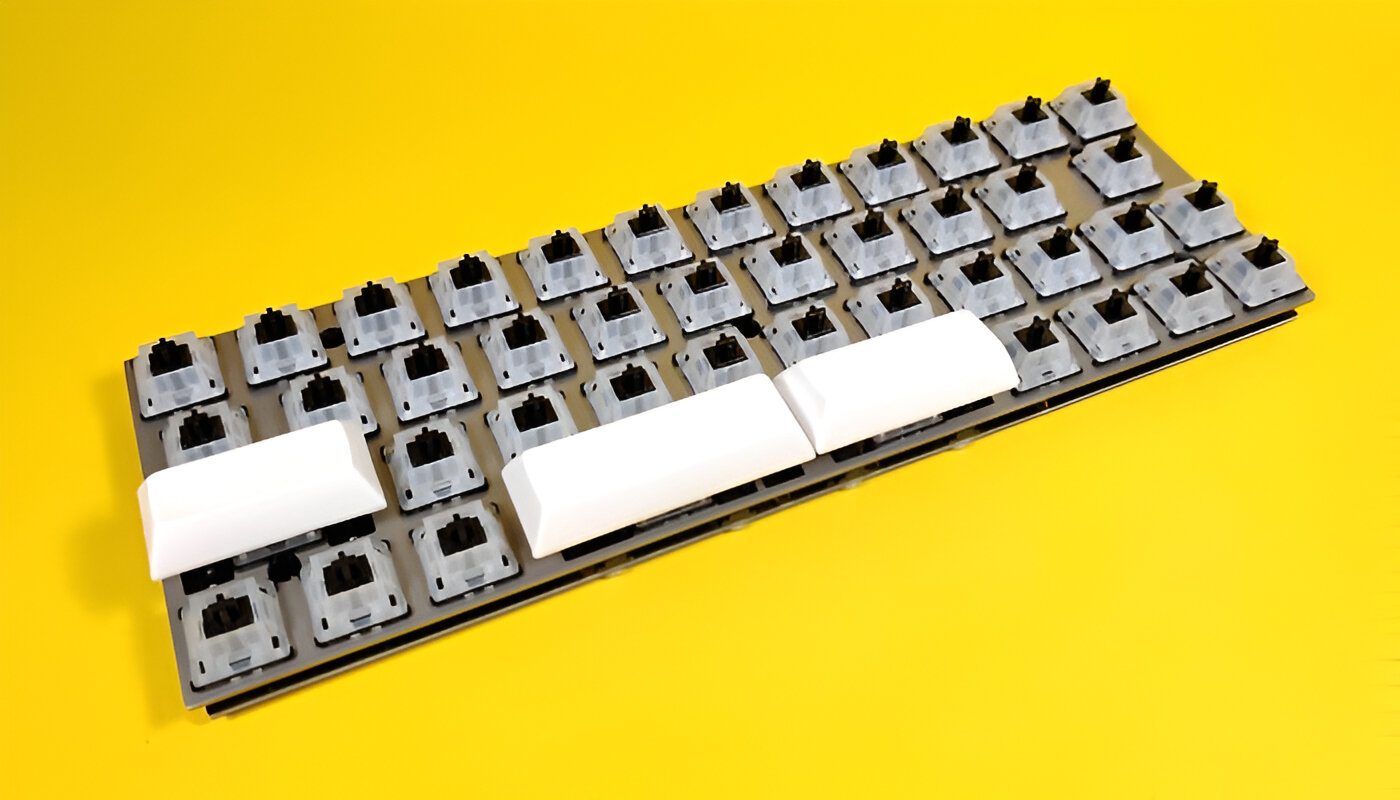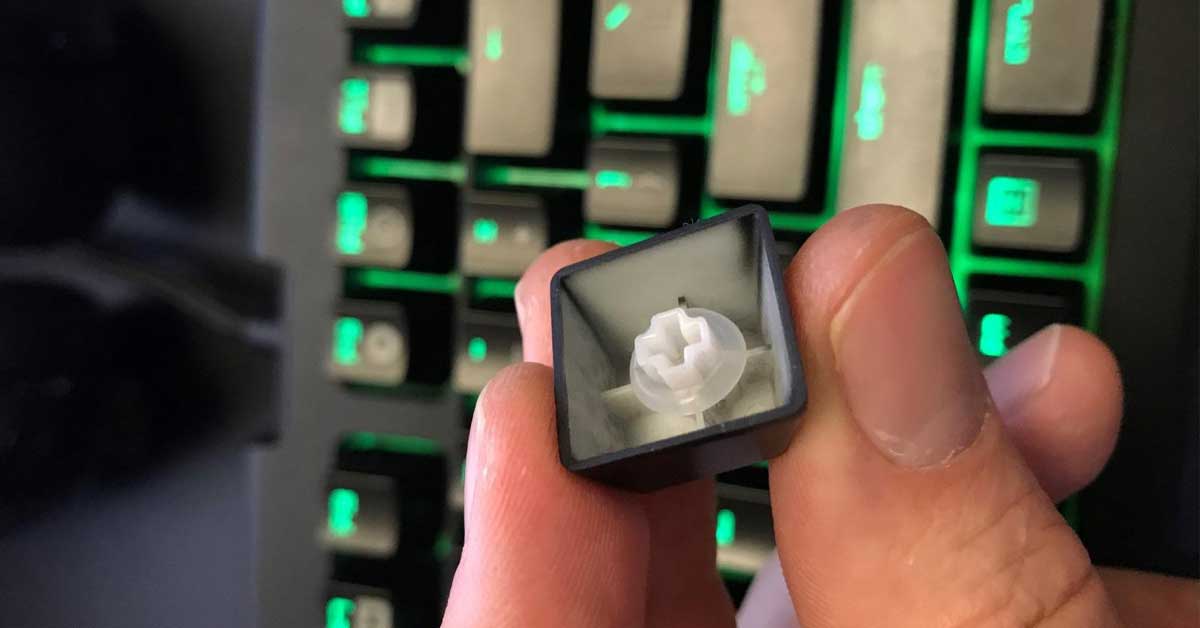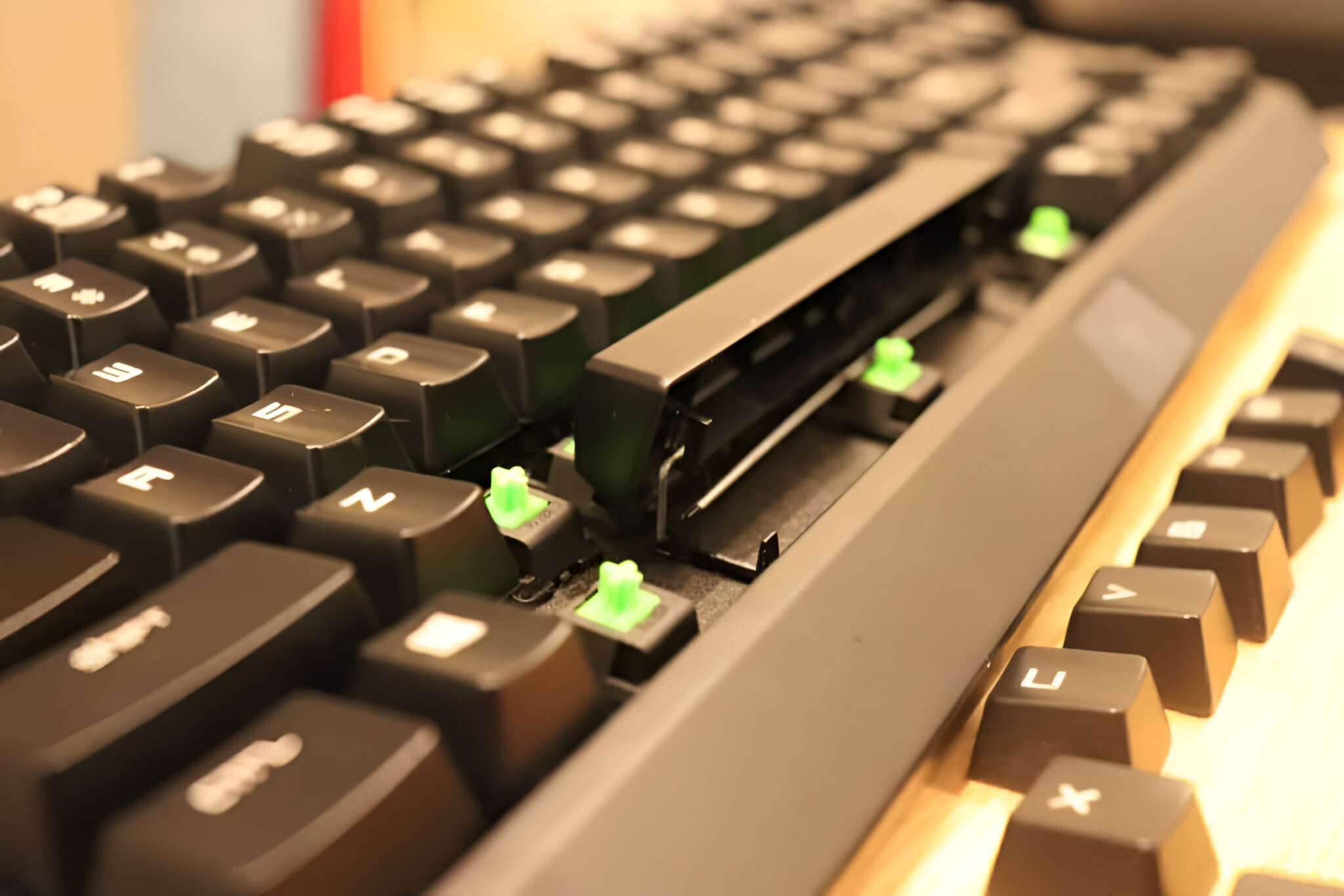Introduction
Welcome to the world of mechanical keyboards! Whether you're a seasoned enthusiast or a curious newcomer, understanding how to test mechanical keyboard switches is a valuable skill. Mechanical keyboards are prized for their tactile feedback, durability, and customizable typing experience. However, with a myriad of switch options available, it's essential to know how to test and choose the right switch for your needs.
In this guide, we'll delve into the intricacies of mechanical keyboard switches, explore the tools required for testing, and walk through the testing process step by step. By the end, you'll be equipped with the knowledge to confidently evaluate and select the perfect mechanical keyboard switch for your typing style and preferences.
Let's embark on this enlightening journey into the realm of mechanical keyboard switches. Whether you're seeking a switch with a satisfying click, a smooth linear action, or a balance between the two, this guide will empower you to make an informed decision. So, grab your favorite beverage, settle into your comfort zone, and let's unravel the mysteries of mechanical keyboard switches together.
Understanding Mechanical Keyboard Switches
To effectively test mechanical keyboard switches, it’s crucial to comprehend the fundamental characteristics that differentiate them. Mechanical switches vary in actuation force, tactile feedback, and acoustic properties, offering diverse typing experiences tailored to individual preferences.
Actuation Force: This refers to the amount of force required to register a keystroke. Switches are categorized as light, medium, or heavy based on their actuation force, influencing typing speed and finger fatigue.
Tactile Feedback: Tactile switches provide a distinct bump or tactile feedback at the actuation point, offering a perceptible indication of when the keystroke is registered. On the other hand, linear switches offer a smooth, uninterrupted keystroke without a tactile bump.
Acoustic Properties: The sound produced during typing varies among switches. Some switches emit audible clicks, while others offer quieter, more discreet operation.
Commonly used mechanical switch types include Cherry MX, Razer, Gateron, and Kailh, each with its unique characteristics. For instance, Cherry MX Blue switches are known for their audible click and tactile feedback, making them popular among typists who enjoy an audible typing experience. Conversely, Cherry MX Red switches offer a smooth, linear keystroke without tactile feedback, appealing to gamers and those who prefer a quieter typing experience.
Understanding these distinctions is essential for assessing and selecting the most suitable switch for your specific needs. By grasping the nuances of mechanical keyboard switches, you’ll be well-equipped to discern the tactile, auditory, and force-related attributes that align with your typing preferences.
Tools Needed for Testing
Before embarking on the journey of testing mechanical keyboard switches, it’s imperative to gather the necessary tools to ensure an accurate and comprehensive assessment. The following tools are essential for conducting thorough switch testing:
- Keycap Puller: This tool facilitates the removal of keycaps, allowing access to the switches for testing and inspection. Keycap pullers come in various designs, including wire-style and ring-style pullers, and are essential for accessing the switches without causing damage to the keycaps or keyboard housing.
- Switch Tester Kit: A switch tester kit contains an assortment of mechanical switches mounted on a compact board, enabling users to evaluate the feel and performance of different switches. These kits are invaluable for experiencing firsthand the tactile feedback, actuation force, and sound characteristics of various switches.
- Keyboard Testing Software: Utilizing keyboard testing software allows for the precise measurement of actuation force, keystroke latency, and key rollover capabilities. This software provides quantitative data to supplement subjective assessments, aiding in the comprehensive evaluation of switch performance.
- Keycap Set: A keycap set with a variety of profiles and materials enables users to customize the typing experience and further enhance the tactile feel of the switches. Swapping keycaps can offer insights into how different materials and shapes influence the overall typing experience.
By assembling these essential tools, you’ll be well-prepared to conduct thorough and methodical testing of mechanical keyboard switches. Whether you’re evaluating switches for typing, gaming, or a specific application, these tools will empower you to make informed decisions based on both subjective and objective assessments of switch performance.
Testing Process
Embarking on the testing process for mechanical keyboard switches is an engaging and enlightening endeavor that allows you to explore the nuances of each switch’s tactile and auditory characteristics. The following step-by-step approach will guide you through a comprehensive testing process:
- Switch Familiarization: Begin by familiarizing yourself with the baseline characteristics of each switch, including actuation force, tactile feedback, and sound profile. This initial assessment provides a foundation for comparative analysis as you progress through the testing process.
- Switch Tester Evaluation: Utilize a switch tester kit to experience the feel and performance of various switches. Actuate each switch multiple times to assess the tactile feedback, actuation force, and sound properties. Take note of any switches that align with your preferred typing experience.
- Keyboard Integration: Install the selected switches onto a keyboard or switch tester board to evaluate their performance in a real-world typing scenario. Pay close attention to the typing feel, key stability, and overall comfort during extended typing sessions.
- Subjective Assessment: Engage in prolonged typing sessions with each switch to gauge their comfort, suitability for specific tasks, and overall typing satisfaction. Consider factors such as typing speed, finger fatigue, and the auditory impact of each switch.
- Objective Testing: Utilize keyboard testing software to measure actuation force, keystroke latency, and key rollover capabilities of the switches. Compare the quantitative data obtained from the testing software with your subjective impressions to gain a holistic understanding of each switch’s performance.
By following this systematic testing process, you’ll gain valuable insights into the nuanced characteristics of mechanical keyboard switches. This comprehensive approach empowers you to make informed decisions based on both subjective preferences and objective performance metrics, ensuring that the chosen switch aligns seamlessly with your typing style and preferences.
Conclusion
Congratulations on completing the enlightening journey into the realm of mechanical keyboard switch testing! By understanding the nuances of mechanical switches, assembling the essential tools, and following a comprehensive testing process, you’ve gained valuable insights into the diverse world of mechanical keyboard switches.
Armed with this newfound knowledge, you’re well-equipped to make informed decisions when selecting the perfect mechanical keyboard switch for your specific needs. Whether you prioritize tactile feedback for typing precision, swift actuation for gaming, or a harmonious blend of both, your testing experience has provided a deeper understanding of the nuanced characteristics that define each switch.
Remember, the perfect switch is a reflection of your unique typing style, preferences, and the tasks you perform. Through subjective assessments and objective measurements, you’ve honed your ability to discern the tactile, auditory, and force-related attributes that resonate with your typing experience.
As you embark on the journey of exploring and testing mechanical keyboard switches, continue to embrace the enriching process of discovering the switch that harmonizes seamlessly with your fingertips. Whether it’s the satisfying click of a tactile switch, the smooth keystrokes of a linear switch, or a personalized combination of attributes, your journey has equipped you to make an informed and gratifying switch selection.
With your newfound expertise, you’re poised to elevate your typing and gaming experiences through the seamless integration of the perfect mechanical keyboard switch. Embrace the diversity of switches, savor the tactile nuances, and revel in the joy of discovering the switch that resonates with your unique typing journey.









